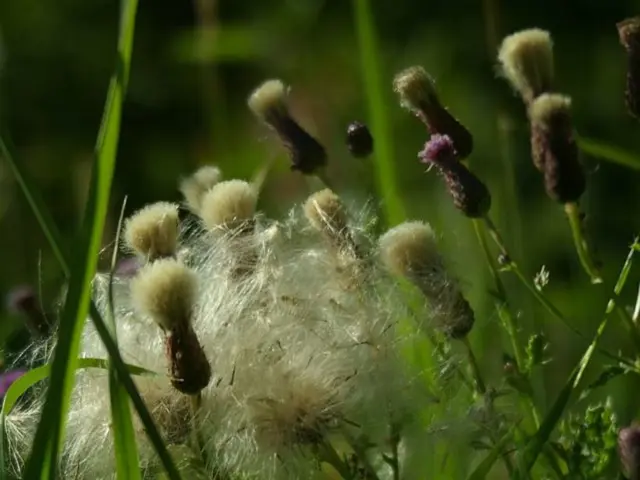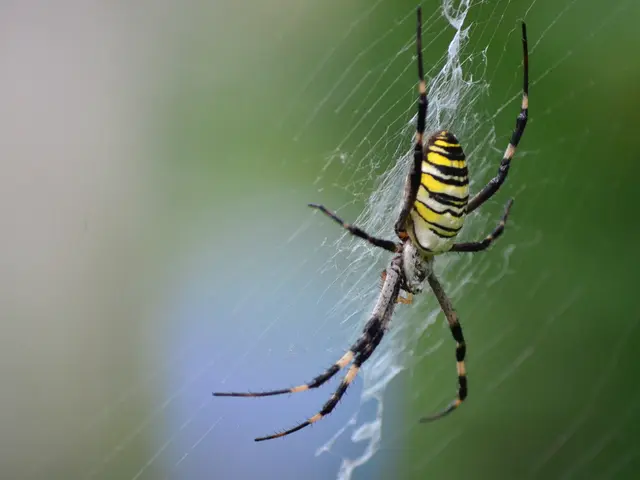Six compelling justifications for embracing and appreciating unwanted plants in your garden:
In the gardening world, the onset of the growing season often brings forth a struggle against unwanted guests - weeds. But this battle might not be as necessary if we shift our perspective.
The term "weed" originates from the Old English weod - a plant, herb, or anything that thrives naturally. They are nature's original inhabitants, preceding our carefully sowed rows. While they may be seen as intruders, their presence, particularly when not invasive, is vital to the ecosystem.
Here are six compelling reasons to welcome weeds in the garden:
1. Weeds nourish pollinators
Pollinators, including bees, butterflies, moths, wasps, and small mammals, play a pivotal role in life on Earth. More than 180,000 different plant species and over 1,200 crops worldwide rely on their services. In the early spring months, weeds serve as a vital food source for these pollinators [1][4].
2. Weeds sustain wildlife
Throughout the year, weeds serve as food for numerous species. As summer fades into autumn, once-blooming weeds release seeds that are a valuable food source for birds and support diversity in wildlife, such as deer, rabbits, gophers, and moles.
3. Weeds nurture microorganisms
As weeds decompose, their roots feed microorganisms and insects, and create worm passageways and tunnels. Contrary to popular belief, a thriving microorganism population can signal a healthy garden [1].
4. Weeds indicate soil health
When microorganisms break down weeds, they release essential nutrients into the soil, which plants readily absorb. They also store nitrogen and carbon dioxide, promoting cleaner air and reducing greenhouse gases, mitigating the climate crisis [1].
5. Weeds supply nutrients to other plants
Many weed species possess robust taproots, which help break up compacted soil layers, making it easier for other plants to grow. These extensive roots also lift nutrients and moisture from deeper soil levels and redistribute them to neighboring vegetation [1].
6. Weeds combat soil erosion
The fibrous roots of weeds, with their web-like structure, hold the soil in place, reducing the risk of erosion due to irrigation, heavy rainfall, or severe weather. Additionally, they help revitalize degraded soils by encouraging the growth of nutrient-releasing microorganisms.
The next time a weed emerges, remember that it symbolizes a vibrant, flourishing ecology, rather than a nuisance. Consider embracing a childlike appreciation for dandelions and their kin.
Further Reading:
- Boosting Pollinator Populations: Discover six methods to support pollinator populations and contribute to thriving gardens
- The Rise of Urban Agriculture: Learn about the trend of agricultural neighborhoods, from city gardens to agrihoods, transforming urban landscapes in Detroit
[1] Shrestha, S., & Upadhyaya, B. N. (2019). Chemical and biological weed control. In C. Ohgaki, S. L. Gressel, B. N. Upadhyaya, & Y. Zhu (Eds.), Weed Biology and Management (pp. 155-201). Elsevier.
[2] Kim, H., & Lee, H. W. (2006). Clover as green manure in winter wheat growth. Journal of Crop Science and Biotechnology, 11(2), 413-418.
[3] Wolf, S. (2003). The paradox of plant diversity– does it matter? The American Naturalist, 162(4), 419-434.
[4] Kishchuk, N., Kennedy, W., Walters, M., & Ballantyne, A.P. (2019). Weed control in organic vegetable production: The potential for reduced tillage, rotations, living mulches, and diverse mixtures to enhance soil health and suppress weeds. Agriculture, Ecosystems & Environment, 288, 107367.
In the realm of nature conservation and lifestyle, gardening practices often overlook the benefits of weeds as critical elements in home-and-garden ecosystems. Welcoming weeds can contribute to a richer, healthier environment by providing our pollinator friends with essential food sources during the early spring months [1][4]. This change in perspective can also bring a greater sense of appreciation for the diverse inhabitants in our personal gardens and beyond.








